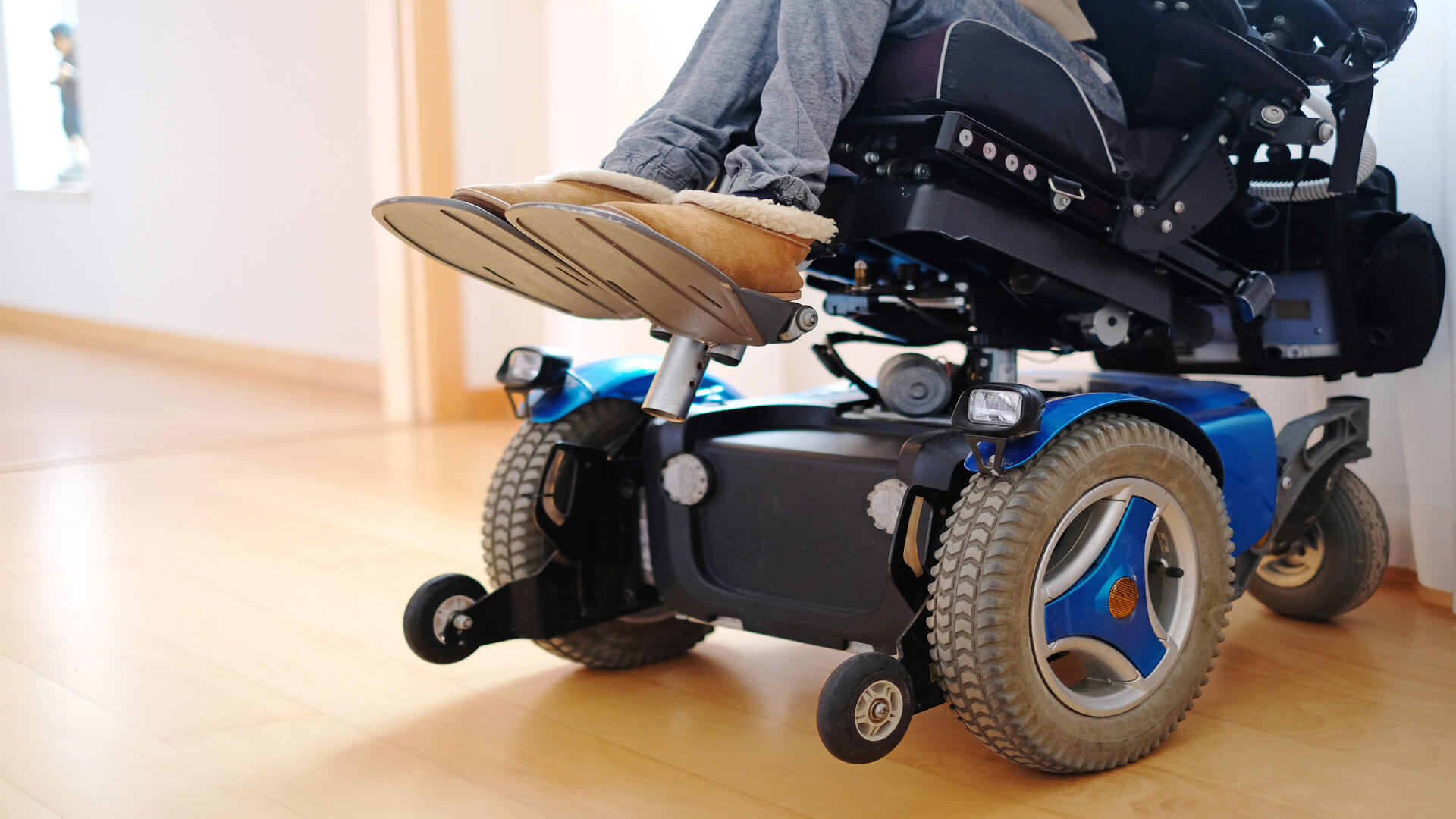The mobility marketplace has a number of different types of electric, or powered, wheelchairs available to cater to a spectrum of accessibility requirements. Whilst this offers greater freedoms in terms of personalising your mobility aid, finding that ideal wheelchair can seem like a daunting task.
Unlike scooters and other mobility alternatives, powered travel via electric wheelchair can offer the user greater independence. From personalising mobility solutions, to adjustability, battery range and comfort controls, or a balance of these, your ideal powered wheelchair will work flexibly to your lifestyle and accessibility needs. As a nimbler, more agile mobility aid, a powered wheelchair can be used indoors, or outside, and can be furthered customised with a range of accessories. Yet, with an abundance of accessories and wheelchair types available, how do you find the right one?
The true range of choice and customisation can be easily overlooked when users are trying to narrow down their options for the best mobility aids on the market. In this article, we discuss five of the key criteria to consider when choosing an electric wheelchair.
Comfort Controls
If a mobility aid, such as a powered wheelchair, will be used frequently, then prioritise comfort controls, support and postural needs. Some users may even require more sophisticated postural support options from their mobility aid, such as different padding styles or adjustable back support.
Basic wheelchairs will have a standard seat size, which may not seem ideal for those craving additional postural and comfort features. Enhanced comfort controls, such as pressure relief, are special features found in more configurable powered wheelchair ranges – featuring adjustable seat sizes and backrests and padding that can be customised.
Customisable and configurable comfort features are not uncommon, where powered chairs have been known to aid postural and other support requirements, including seat reclining options and elevated leg rests.
Battery Range
For those in the habit of traveling longer and father, then models with greater battery life are essential. This will vary dramatically between models and make; the potential distance per charge could go from 10 – 25 miles, or anywhere in-between. Selecting a model with a strong battery life, reliance, and charging options means that you can adjust your mobility to different travel demands – whether shorter trips, or longer rides.
It’s worth remembering that, whilst planning for higher battery life spans is helpful, the quoted range for a wheelchair will likely be influenced by the user and their lifestyle. For example, heavier chairs or travel across demanding terrains will more quickly consume your charge.
Transportability
More often wheelchairs will adjust to a user’s lifestyle. It’s worth planning around your daily life and aspirations. If, for example, you plan on traveling and using transport – whether public or private – you may need consider a transportable wheelchair.
Importantly, not all powered mobility options are portable. Modern powered wheelchairs in greater weight classes (often in excess of 80kg) cannot be easily lifted into a vehicle. The greater the weight class of a wheelchair, the less compatible it becomes with travel (with or without a carer).
Instead, opt for a lighter-weight model with foldability options that can make it more easily stowed in a vehicle. Many collapsible models come with easy lift options, auto-fold designs, and are enhanced for travel purposes.
Storage
An easy oversight is wheelchair storage. Larger, heavier frames will be harder to stowaway in everyday homes, whereas foldable mobility aids designed to be more discreetly stowed and stored, whether for travel or otherwise. Yet, aside from keeping it stowed away at home, the topic of storage is paramount when it comes to the longevity and overall lifespan of a wheelchair.
Wheelchairs will need to be stored in-doors and at room temperatures. Exposure to more extreme weathers outside could reduce the battery span, as high heats or excessive chill can cause permanent damage. You will to consider where you can store your mobility aid, how you will charge it, and how you will access the property where it’s kept overnight.
Speed
The maximum speed of a mobility aid is often intentionally restricted under the lawful guidance of the likes of the Highway Code. Just as any powered vehicle is subject to the scrutiny of safe driving laws, powered wheelchairs are no different. Typically, powered wheelchairs can climb to a comfortable maximum speed of 8.5 mph.
Top speeds can speak to more than just a wheelchair’s ability to accelerate. Rather, speedier chairs are often a factor considered by those traveling longer distances. For reaching those higher speeds, especially for longer journeys, consider a chair with rear-wheel power.
The power of an electric wheelchair shouldn’t be underestimated. With high customisability, and a wide spectrum of models that can cater more closely to different needs and lifestyles, the market for mobility aids is brimming with choice. Powered wheelchairs can open up your freedoms, offering a more personal, bespoke style of mobility.
The article was produced in collaboration with Lith Tech, the UK’s leading folding electric wheelchair specialist based in Surrey.

















